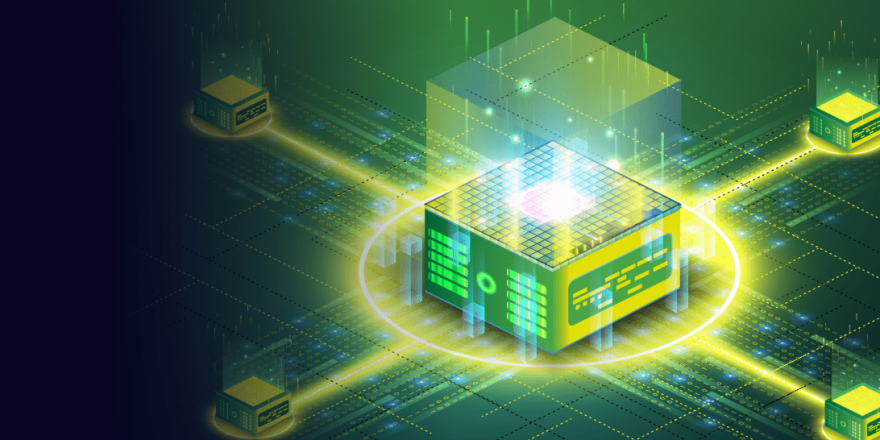Tips To Improve The Efficiency Of Digital Identity And Access Management Software
Digital identity and access management software controls who accesses systems and data. Making this software work efficiently means smoother operations and better security. Improving its efficiency involves several steps, from managing users to monitoring activity.
In this article, we will share practical tips to improve the performance of digital identity and access management software.
Regularly update user access
Keeping user access up to date helps the software work efficiently. Remove access for people who no longer want it and adjust permissions when roles change. This avoids unnecessary access and reduces the chance of errors or security gaps.
Simplify access controls
Complex access controls can slow down systems and confuse users. Use clear and straightforward permission settings based on groups or roles. Grouping users by department or function makes managing access easier and speeds up approval processes.
Use multi-factor authentication
Adding multi-factor authentication (MFA) improves security and can make the system more reliable. MFA involves users to provide two or more forms of identification, such as a password and a phone code. This reduces unauthorized access while keeping the login process simple.
Monitor user activity
Tracking user actions helps spot unusual behavior quickly. Use built-in monitoring tools to keep an eye on access attempts and usage patterns. This allows early detection of problems, which helps maintain the smooth running of the system.
Automate routine tasks
Automation reduces manual work and speeds up processes. Use automation to handle tasks like creating new user accounts, updating permissions, or deactivating access when employees leave. Automation makes the software more efficient and reduces the chance of mistakes.
Provide user training
Users who know how to work with the software make fewer errors. Offer simple training sessions or guides to explain how to access systems securely and use authentication tools. Well-informed users contribute to smoother operations.
Regular software updates
Keep the software updated with the latest patches and versions. Updates often include fixes and improvements that increase speed and security. Regular maintenance helps the system run without interruptions or glitches. Periodically check how the software is performing. Test access controls and authentication methods to ensure they work as intended. Regular reviews help find and fix issues before they affect users or security.
